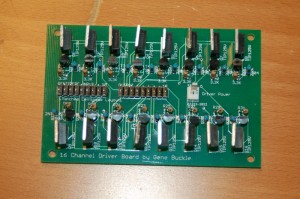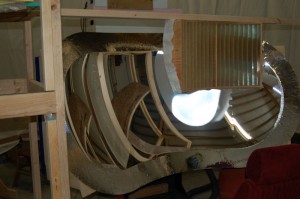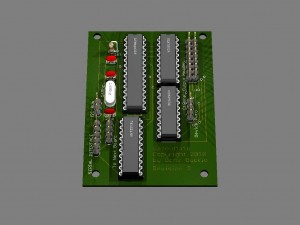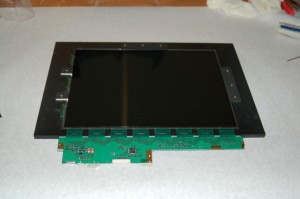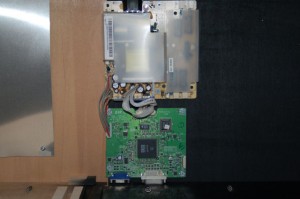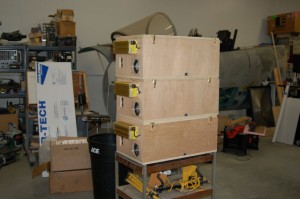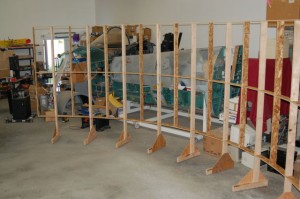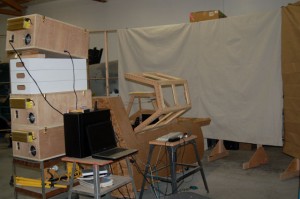For a while now I’ve wanted to replace the crappy, noisy pots that I’d used in my Jentron MK2 gimbal that was in the 109F/X #0 cockpit. They were so bad that it was impossible to use the gimbal for flight at all.
The best way to replace a mechanical potentiometer is to use a hall effect device. This is essentially a sensor that will output a 0 to 5v signal based on the position of a magnet. I’m using the Allegro 1302 for this project. It works very, very well and can be a direct replacement for any three wire pot installation.
My design uses a 7/8″ (22mm actually) bearing with an 8mm center bore. The center bore allows you to use a “traditional” Bic pen body as an input shaft. You can press the body segment into the bearing and it won’t be coming out any time soon! You can purchase the bearings here: http://www.vxb.com/page/bearings/PROD/SB/Kit1063
I installed the pen body into the bearing and then glued a pair of 1/4″ square neodymium magnets (oriented NS-pen-NS) to either side of the pen body with some thick Cyanoacrylate glue. Works great!
In order to be a direct replacement for the pots, I needed to add similar control arms to them. I did this by laser cutting a press-fit back plate that I threaded for #4-40 screws.
